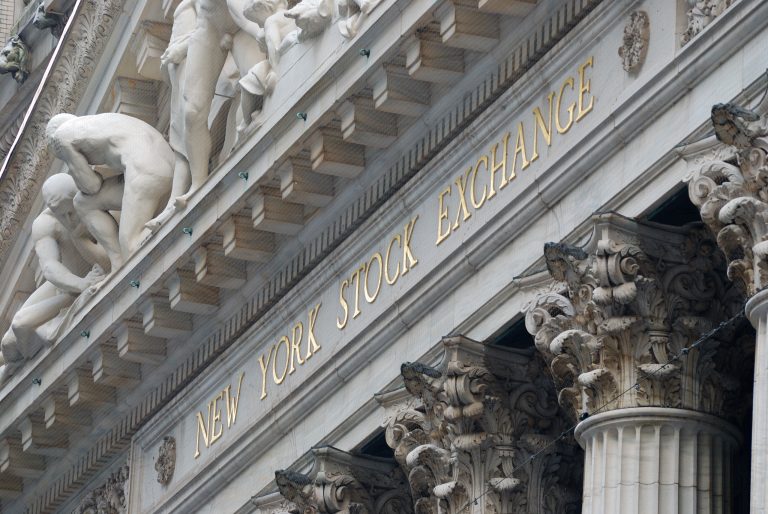The SPDR Dow Jones Industrial Average ETF (DIA) has come under pressure this year as it crashed to a low of $418, its lowest level since November 5. It has slumped by over 6% from its highest level since 2024. Here are the three things that will end the Dow Jones index crash.
The US needs to report low inflation data
The first thing that needs to happen to end the DIA ETF crash is the upcoming US consumer inflation data.
Economists expect these numbers to show that the headline Consumer Price Index (CPI) rose from 2.7% in November to either 2.9% or 3.0% in December.
Core inflation, which excludes food and energy prices, is expected to come in at 3.3%, much higher than the Federal Reserve’s target of 2.0%.
Therefore, the DIA ETF needs these numbers to come lower than expected since that would change the view about the Fed and lower the rising bond yields. A lower inflation figure may increase the odds that the CPI will drop to the Fed’s target of 2.0% soon.
On the other hand, if the report is much higher than the median estimates, it will boost the view that the Fed will maintain higher rates until mid-year.
The main reason why the Dow Jones and other stock ETFs have crashed is the rising expectation that the Fed will deliver just one cut. That view has, in turn, brought bond vigilantes back to the market, leading to super-high bond yields. The 30-year is flirting with hitting 5%, while the 10- and 5-year yields have continued rising.
Higher bond yields, as we saw in 2022, led to a rotation from the stock market to money market funds, which now offer an APY between 4% and 5%.
Corporate earnings needs to be strong
The Dow Jones index and its ETFs need the upcoming earnings season to be strong to justify a rebound.
This earnings season starts on Wednesday, when top companies like JPMorgan, Wells Fargo, Goldman Sachs, Blackrock, and Citigroup release their results. Netflix, GE Aviation, Johnson & Johnson, and Verizon will also report their numbers next week.
The estimated earnings growth for companies in the S&P 500 index is 11.7%, the highest figure since Q4’21. As such, these companies must report earnings that beat analysts estimates to justify more gains this year. Analysts anticipate that the six biggest banks will report $31 billion in profits.
The most important earnings to watch will be NVIDIA, which will come out in the next few weeks. These numbers will provide more information about the health of the artificial intelligence industry, which has driven the stock market in the last two years.
Donald Trump’s tariffs
The Dow Jones and other American stocks needs Donald Trump to change his tune on tariffs, and instead focus on tax cuts and deregulation.
Trump has pledged to impose significant tariffs especially among the top trading partners like China, Mexico, European Union, and Canada.
Higher tariffs will have a big impact as they will lower corporate profits by leading to a trade war, without solving the deficit issue. They will also lead to higher inflation, leading to higher bond yields and interest rates.
Therefore, a sign that Trump will offer to negotiate with other countries will lead to better performance for US equities.
Many companies in the DIA ETF have dropped this year so far, with the top laggards being firms like Apple, Procter & Gamble, Nike, Verizon, Salesforce, and Boeing. On the other hand, the top gainers are firms like Chevron, UnitedHealth, 3M, Amgen, and JPMorgan.
The post Dow Jones DIA ETF is falling: 3 catalysts that could end the crash appeared first on Invezz










